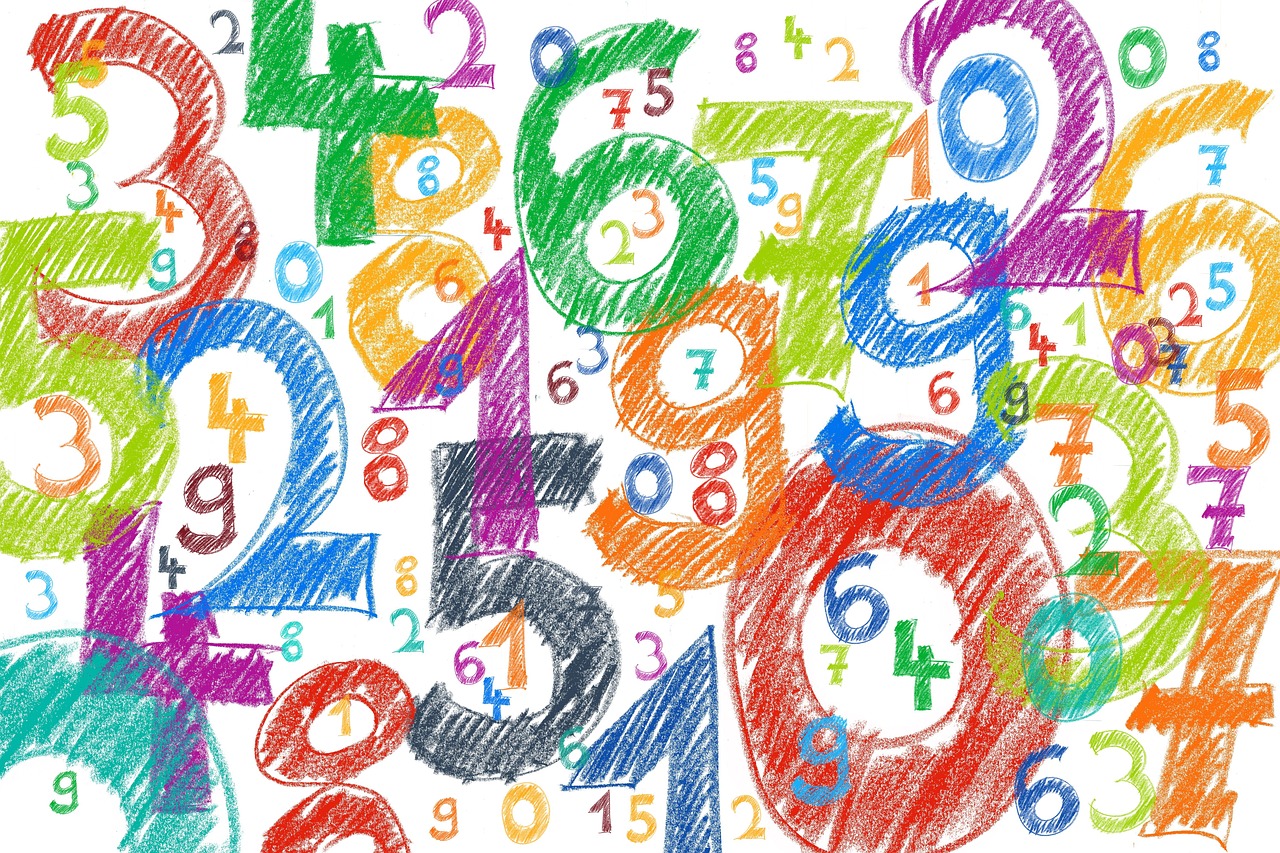by Rachel Wells
Kids love to be active, and combining movement with academics is a great way to increase both engagement and retention. The following activities can fit seamlessly into your classroom or be easily adapted to use at home.
From measuring to statistics, here are 7 ways to integrate math with movement.
Shape Race
Give students a shape on a piece of paper and have them run to something that’s the same shape on the playground. Once everyone has run back, have students tell the group what they found.
Timed Races
Use a timer to see how fast students can run a certain distance. Keep track of your data and go back to the classroom later to graph your results.
Your Average Jumping Contest
Measure and record how high each of your students can jump. After everyone has a recorded height work together to find the class average. Extend the activity by recording the measurements in inches and having students convert their measurements to feet.
Bowling Subtraction
Set up bowling pins and have students write subtraction problems for the number of pins they knock down.
Random Object Jumping
Line up a long row of a specific object (shoes, race cars, markers, books etc.) and see how many of that object each student can jump across in one leap. Have students state their results using the correct unit of measurement i.e. “I jumped as far as 15 markers, etc.”
Basketball Math
Mark random spots on a basketball court floor with tape and write a different number of points on each piece. Have students move around to different tape markings to shoot a basketball, and if they make a basket, they get the points that were written on that piece of tape. Have students keep track of their points on a clipboard so they can add up their total when time is up.
Beanbag Number Toss
On the playground, use chalk to write numbers in a large circle and give each student a beanbag (students will need to stand around on the outside of the circle.) When you’re ready to play, call out a number or a math equation and have the students try to toss their beanbag onto the correct number or answer to the math problem. If they get their beanbag on the correct number, they get that many points and can keep a running total of how many they have.


